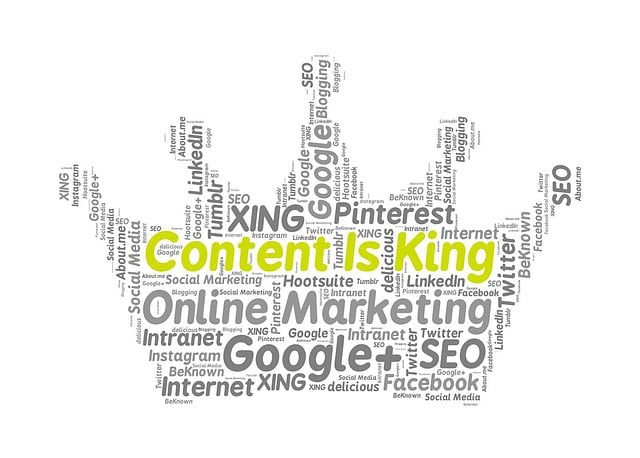AI-driven upsell engines for class bundles are revolutionizing urban traffic management during peak hours. By leveraging historical and real-time data, these tools predict congestion patterns and bottlenecks, enabling dynamic pricing and alternative routing suggestions. This proactive approach smooths commutes, reduces travel times, and eases strain on city infrastructure, integrating with smart city features for enhanced road safety and efficiency. AI's predictive capabilities optimize resource allocation, increase revenue for transport operators, and provide commuters with improved travel experiences.
Peak hour traffic poses significant challenges, causing congestion and frustration. To combat this, predictive tools utilizing AI offer a game-changer solution. This article explores the intricate world of managing rush-hour bottlenecks, focusing on three key aspects: understanding peak traffic dynamics, leveraging AI in real-time predictions, and enhancing public transport with an AI-driven upsell engine for class bundles. By delving into these strategies, we can navigate towards smoother urban mobility.
- Understanding Peak Hour Traffic Challenges
- The Role of AI in Predictive Traffic Management
- Enhancing Public Transport with AI-Powered Class Bundles
Understanding Peak Hour Traffic Challenges

Peak hours, whether in the morning commute or evening rush, present unique challenges for urban traffic management. With a surge in vehicle volume, roads often experience congestion, leading to longer travel times and increased frustration among drivers. This is where predictive tools become invaluable assets. By leveraging advanced algorithms and historical data, these tools can anticipate traffic patterns during peak hours with remarkable accuracy.
One innovative approach involves using AI-driven upsell engines for class bundles in transportation networks. These intelligent systems analyze past traffic flow data to identify potential bottlenecks and areas of congestion. Through this analysis, they can predict when and where traffic might reach its limit, allowing transport authorities to proactively implement measures like dynamic pricing or alternative routing suggestions. This proactive approach promises to transform peak-hour traffic management, ensuring smoother journeys for commuters and reducing the strain on city infrastructure.
The Role of AI in Predictive Traffic Management

Artificial Intelligence (AI) is transforming the way we manage peak hour traffic, offering a more efficient and dynamic approach to urban mobility. By leveraging machine learning algorithms, AI predictive tools can analyze vast amounts of historical and real-time data, such as vehicle speeds, congestion patterns, and public transport schedules. This enables them to forecast traffic conditions with remarkable accuracy, providing valuable insights for transportation authorities and city planners.
One of the key advantages of AI in this context is its ability to upsell traditional traffic management systems. These tools can optimize route planning for emergency services, suggest efficient travel times for commuters, and even predict potential bottlenecks before they occur. Moreover, by integrating with smart city infrastructure, such as traffic lights and sensors, AI can enable real-time adjustments to improve traffic flow, reducing congestion and enhancing overall road safety. This level of adaptability and intelligence is a game-changer in the field of predictive traffic management, ensuring that cities can meet the challenges of growing populations and increasing vehicle volumes.
Enhancing Public Transport with AI-Powered Class Bundles

Public transport systems around the world are increasingly turning to artificial intelligence (AI) to optimize operations and improve passenger experiences, especially during peak hours. One innovative approach is the implementation of AI-powered class bundle upsell engines. These intelligent systems analyze historical data, real-time traffic patterns, and passenger behavior to offer dynamic pricing and service upgrades. For instance, during a particularly crowded morning rush hour, an AI model might suggest premium seating or express routes as part of a bundle, encouraging passengers to pay a small premium for a more comfortable and efficient commute.
By leveraging machine learning algorithms, these tools can predict demand and adjust prices accordingly, ensuring that both commuters and transport operators benefit. Commuters gain access to personalized services, while transport authorities optimize resource allocation and increase revenue. This AI upsell engine for class bundles has the potential to revolutionize urban mobility, making peak hour travel more manageable and potentially reducing overall traffic congestion.
Predictive tools powered by AI, such as an AI upsell engine for class bundles, offer a promising solution to navigate the complexities of peak hour traffic. By leveraging data and algorithms, these tools enhance public transport efficiency, reduce congestion, and ultimately improve urban mobility. Integrating AI into traffic management strategies allows cities to make informed decisions, optimize routes, and foster more sustainable commuting experiences. This innovative approach ensures folks can commute with less stress and more time for productive activities, making it a game-changer in today’s bustling metropolises.
